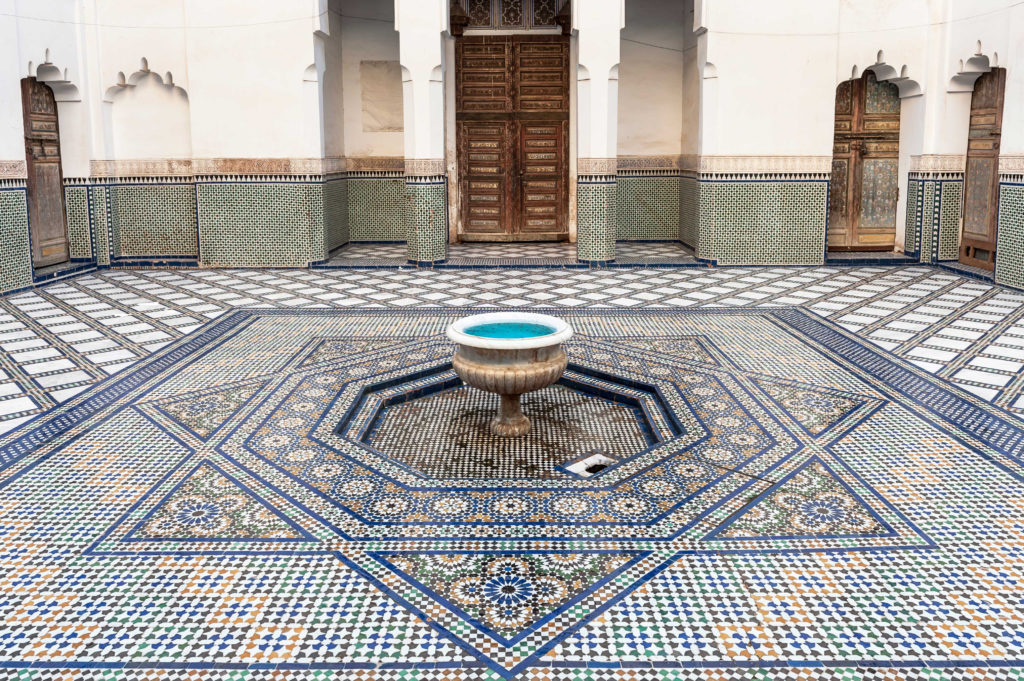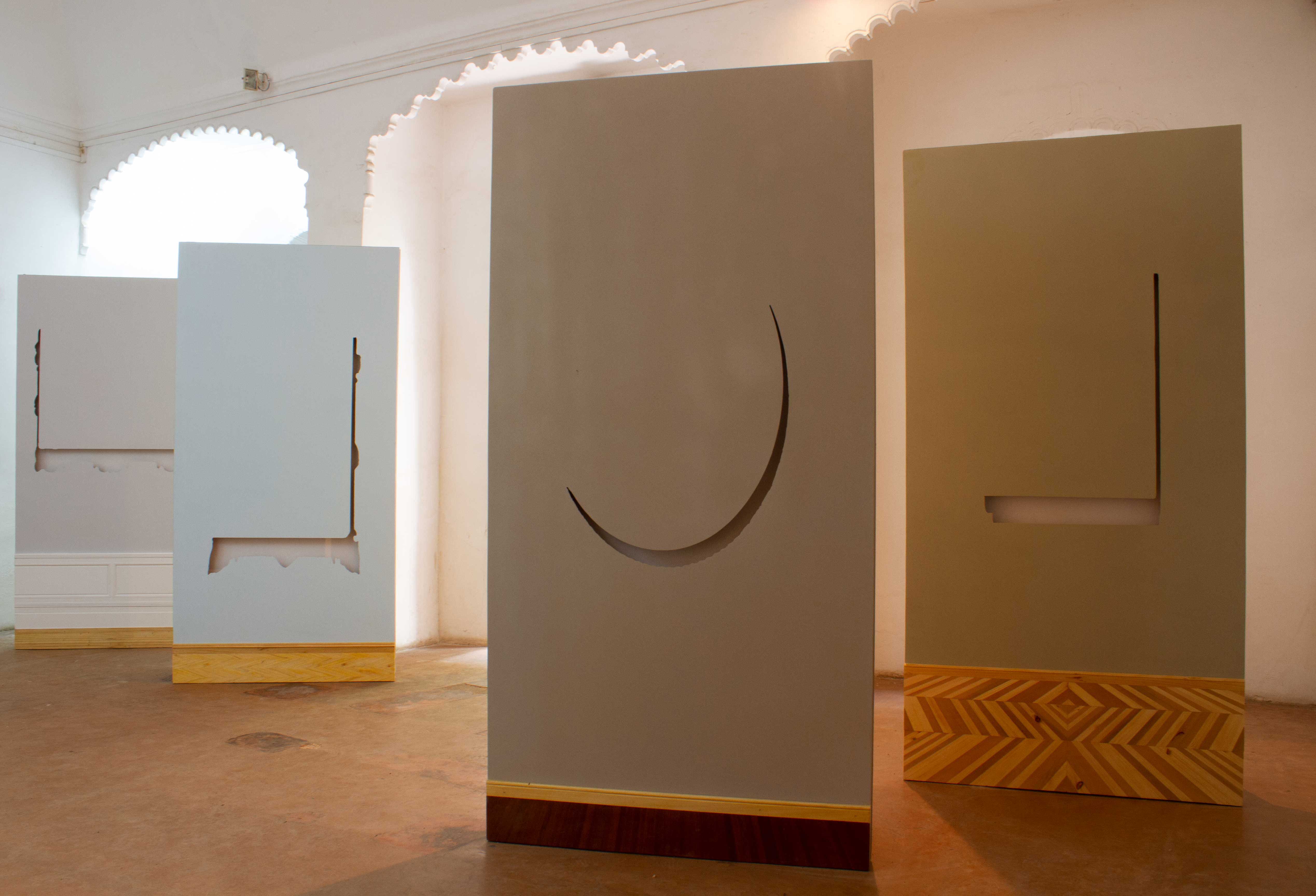Sprawling across entire cities, the biennial has become a prominent means for architects, designers, and artists to engage with pressing contemporary issues. But exhibitions on this scale pose particular curatorial problems. How can a curator translate idiosyncratic projects and the unique perspectives of the design disciplines into works that will resonate with the public?
For curator Hicham Khalidi, who delivered a lecture at Harvard’s Graduate School of Design this fall, part of the answer lies in understanding the public realm as a multilayered system. Just as urban spaces nest and overlap, the occupations of urban life—from homemaker to craftsperson to civil servant—form complex hierarchies. Khalidi believes that the task of a biennial’s curator is to translate projects vertically within this system. A single project can engage different people in very different ways, and large distributed exhibitions can bring projects to the people with whom they will resonate most strongly.
As the director of the Jan van Eyck Academie in Maastricht, Khalidi fosters the work of designers, architects, and fine artists of all stripes. But he is equally committed to the issues that impact the world at large. He is curating a biennial in Chandigarh that will be about water; another in Marrakech featured site-specific works that were about the city itself. For Khalidi, it is not a contradiction to operate in the public realm while simultaneously being committed to the personal visions of artists and designers.

What are the challenges of curating large exhibitions in public spaces and spread across cities?
Design and public space do not always match. (Architecture is the exception in which they do match.) The thing I want to tap into is public space, and to do this, novelty is important—the idea of being a novice and approaching things with a certain naiveté. I have always used this to my benefit. I am constantly in new spaces and new cities. So what is my process? Choosing artists, for example, is always a work in progress in these large biennials. I start with a hunch or an intuition, and I talk with artists about it. Then at some point I let go and let the artists create their own spaces. They create spaces that can nourish communication and create knowledge and activities to bring people together. In other words, artists have their own processes, and what I do as a curator is to lay down the groundwork for them.
Approaching complex issues with openness is a way of putting yourself in the place of the audience.
And not only the audience. Public space is not only a sort of free space for citizens to inhabit; it also has to do with rules, laws, city development, and ideas and hunches and aspirations. When I’m curating a large exhibition, I talk to a plethora of people that are involved with a shared public space, from residents to the mayor to government ministers. It is a vertical system. Depending on the country this is more or less difficult. In Morocco or India, for example, it is much harder than in the Netherlands, because there are more layers, and there is less communication across them. In Morocco, you have the city run by the mayor, then neighborhoods that are controlled by certain people, then also streets that are controlled by other people. So it is a matter of going through all these people and explaining the project to them. This can require yet another set of people to help with these translations—they are sometimes called fixers—who can bridge these gaps. In order to get the exhibition I want, I have to understand how these systems work and engage constantly in translations up and down the chain.
Public space is not only a sort of free space for citizens to inhabit; it also has to do with rules, laws, city development, and ideas and hunches and aspirations.
on understanding the complex systems that dictate how a public space is used and perceived
What is the relationship of your work to disciplinarity: How do you integrate artistic disciples, craft, and other specialized knowledge?
At the Jan van Eyck Academie, we are very multidisciplinary, but when we begin to work, we don’t care about disciplines, we care about subjects. We understand that there are different viewpoints, different ways of understanding the world. A fashion designer uses fashion to understand the world—that’s it. I have worked in a wide range of disciplines, from cooking to theater, and I incorporate those interests into exhibitions. In my approach to public spaces and cities, I am not thinking about disciplines at all. In India, I am thinking about water. They have a water problem. To approach this I need as many disciplines as possible. I need science, engineering. So for a biennial, I also invite artists that have a practice that I think would work well in this situation.
What draws you to the process of curating?
Curating, for me, is just a way of understanding the world—and every time I approach a project, I approach it anew. I see curatorship as a very singular inquiry into what interests me as a person. Of course, a curator needs to make it public, but making something public does not mean scraping away this personal interest. A lot of what we do is to find each other through personal interests. I do follow trajectories, just as an architect will revisit themes in a series of projects, but I also approach artistic work as a very singular, personal process—even when I curate very publicly, with many people.
